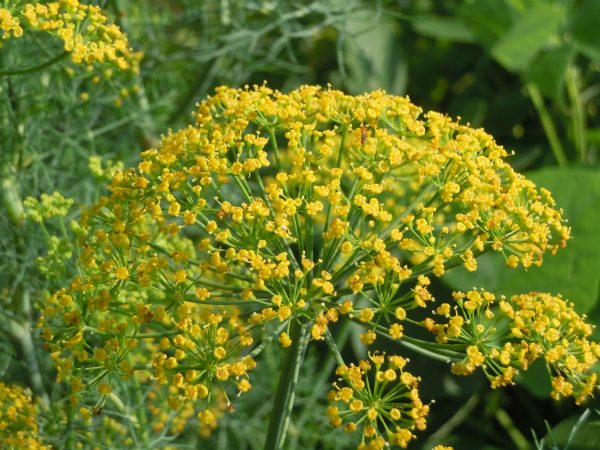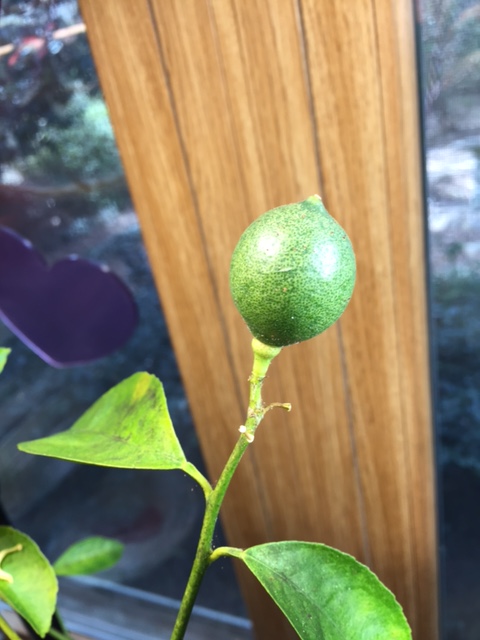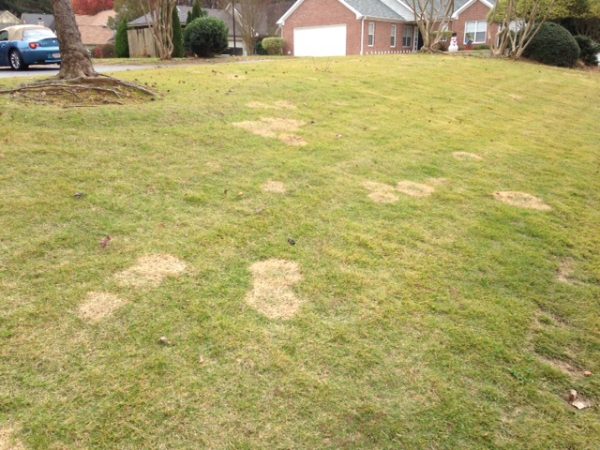Dill

Anethum graveolens
taken from The Georgia Fruit and Vegetable Book by Walter Reeves and Felder Rushing
Dill is a common herb that has a place in every garden because of its many culinary uses. Just a few plants provide enough Dill for most households. The soft, fernlike foliage, called Dill Weed, is used fresh. Small plants that are harvested in spring and fall are known as Salad Dill. Dill Weed and Salad Dill are great in soups, salads, eggs, or fish or poultry dishes. The flower heads and dried seeds are important for pickling processes and the dried seeds may be added to rye bread. Mature plants are about 3 feet tall.
• See also Home Garden Dill
(broken link)
WHEN TO PLANT
Sow seeds or set out started plants in early spring. Make successive plantings throughout the summer to assure a continuous supply of dill weed. It gets old and tough when it goes to flower.
WHERE TO PLANT
Plant Dill anywhere in the garden that it can have well-prepared, moist soil. It thrives in either full sun (8 to 10 hours) or partial shade (filtered sun all day or shade part of the day).
HOW TO PLANT
Prepare the soil. Sow seeds 1 inch apart in rows 1 foot apart. Thin the seedlings when they are about 6 inches tall and use the discarded seedlings as Salad Dill. Make more seedings every 2 weeks. Obtaining started plants from a garden center may be a good way to begin to grow Dill. Set the plants 1 foot apart in beds or 2 feet apart in rows in well-tilled soil. The plants readily reseed themselves and can scatter throughout the garden. Dig up extraneous seedlings and plant them where you want them in the garden.
CARE AND MAINTENANCE
Dill requires little care after it has started to grow. Water it when the weather is dry, providing 1 inch per week.
ADDITIONAL INFORMATION
Harvest the Salad Dill when it is 6 to 10 inches tall. Keeping the plants cut back will extend the harvest of the foliage but eventually the plants will bolt and make flower stalks. Cut the flower heads when they are in full bloom and use them either fresh or dried. For seeds, cut the heads when the seeds are mature but before they begin to shatter. Hang the heads upside down in brown paper bags to finish drying, catching the seeds as they fall. Dry Salad Dill, flower heads and seeds and store them in airtight containers for later use. Late in the season, allow a few heads to mature and the seed to drop in the garden. This will produce seedling plants for the next year. If they grow where they are not wanted, transplant them into the proper places in the garden. Dill, along with Fennel and Parsley, is a favorite food of black swallowtail butterfly larvae. These large black-and-yellow-striped caterpillars do not eat much but make spectacular butterflies. Collect the chrysalises that form and hatch them in a screen cage for a fun summertime project with kids.















